This section contains the basic information on the use case.
This section lists the people and the system resources involved in the use case.
Any important note related to the use case is documented in this section.
This section describes the business interaction related to the use case. An example of a business interaction is 'Making changes to an existing order '.
This section describes the use case.
This section lists the conditions that must be met before the business event is executed.
This section lists the likely conditions in case of success or failure of the business event.
These two sections list and describe the flows related to the use case.
This section gives the System Requirement Specification (SRS) to which the use case is mapped. This is particularly true in case of Use Cases which describe the feature or functionality in the application in detail.
Example: 1. Identify Service Address use case will precisely in line with Service Address validation SRS.
2. If new functionality is added on the change order path for changing the existing Wireline profile, and necessary changes are made to Change Submitted Order, then Change Submitted Order will be traceable to Change Existing Wireline SRS.
The use cases that are affected by the current use case are listed in this section.
These are a set of possible questions, which the user may have after going through the Use Cases. These questions can be used to address the common queries for different users.
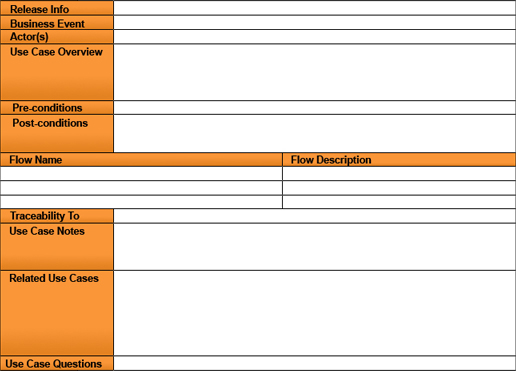
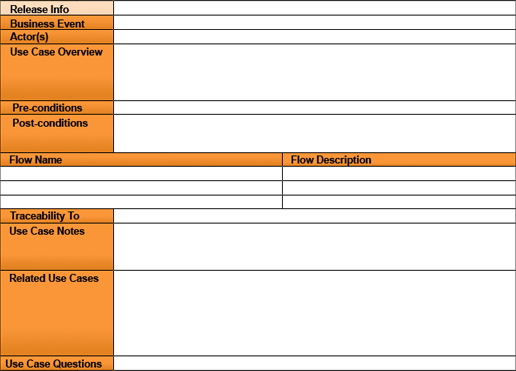
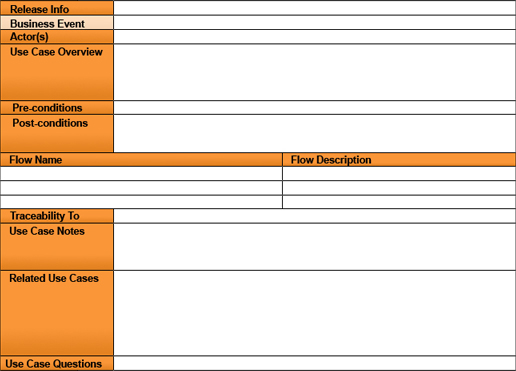
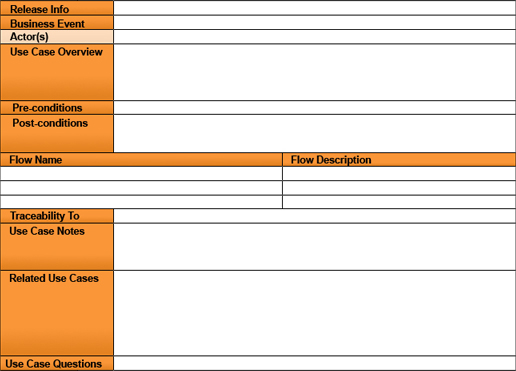
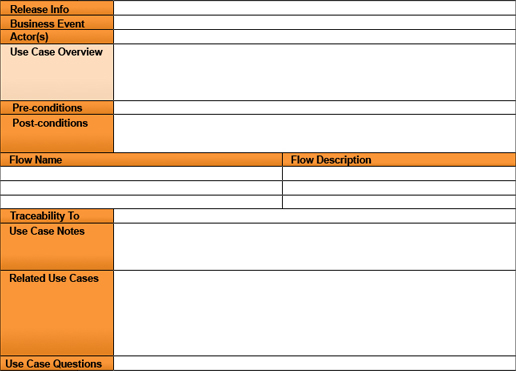
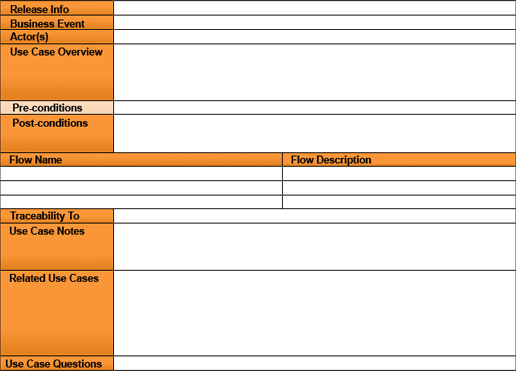
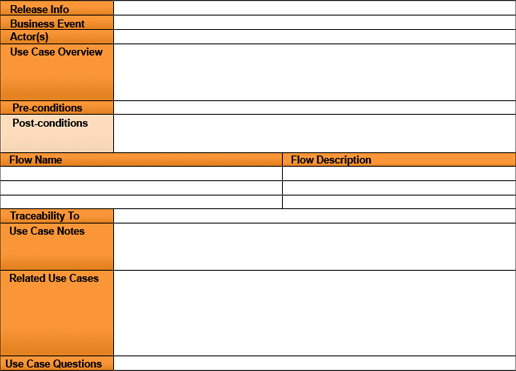
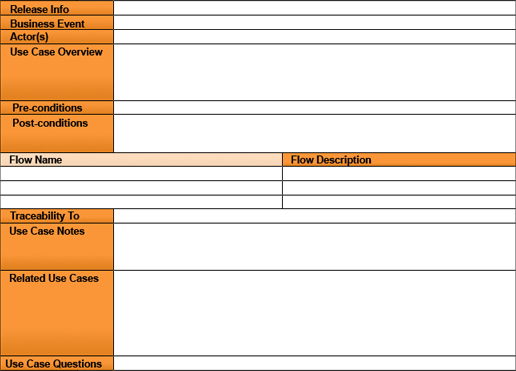
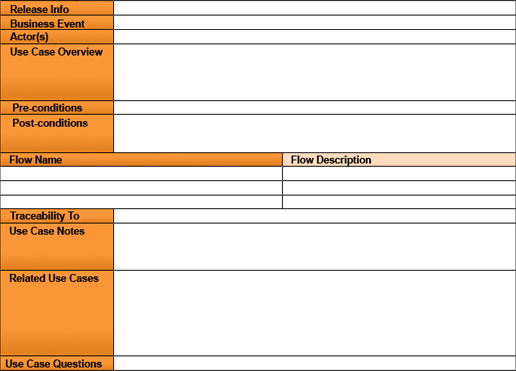
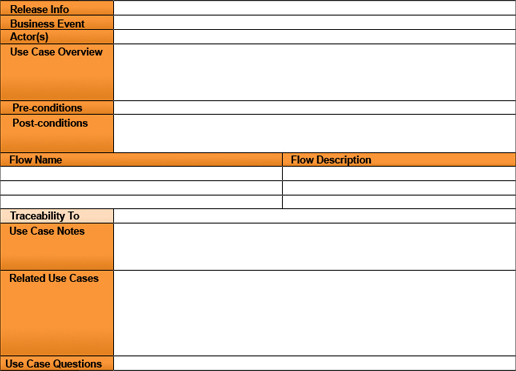
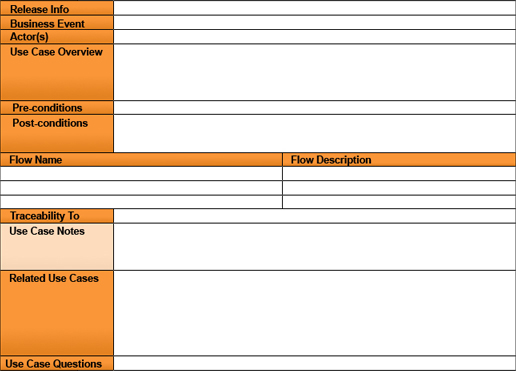
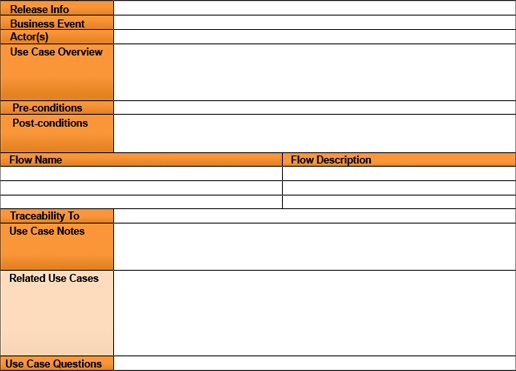
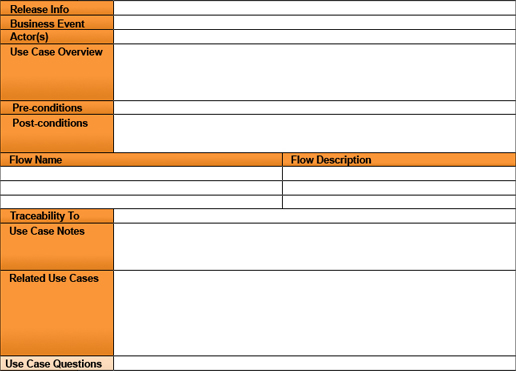
These two sections list and describe the flows related to the use case.
Click
